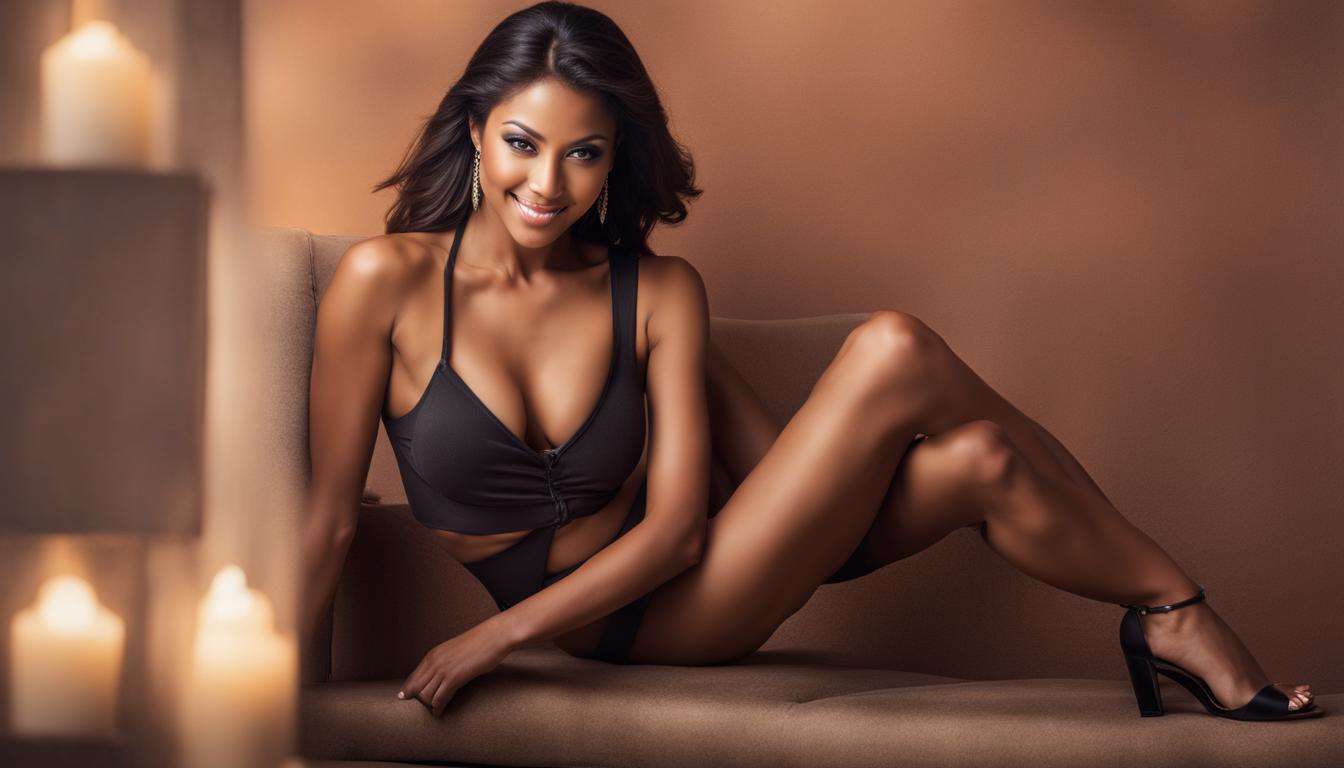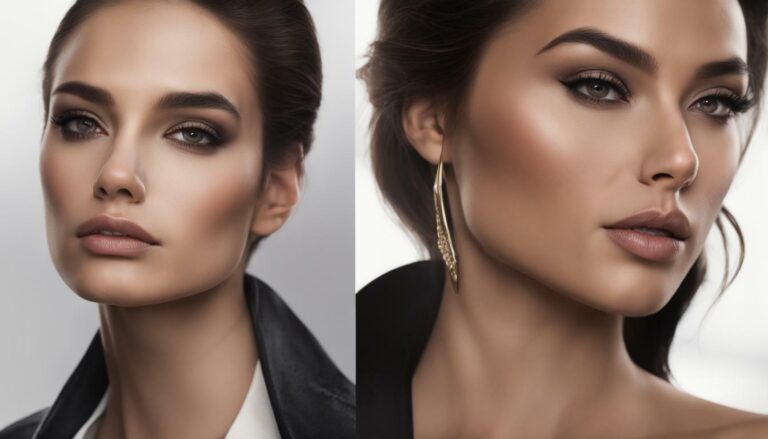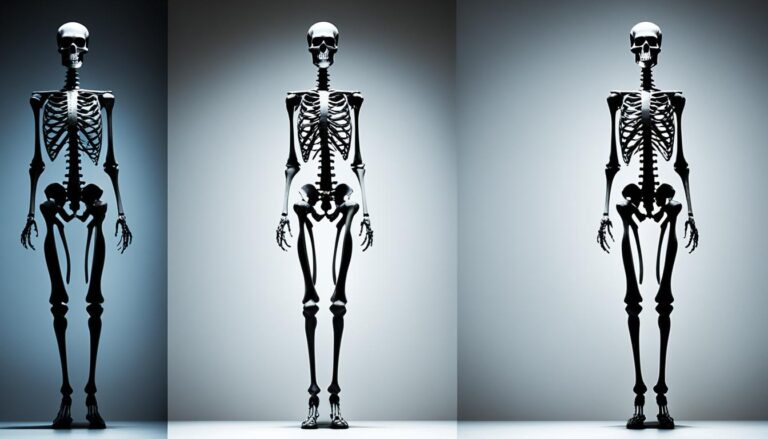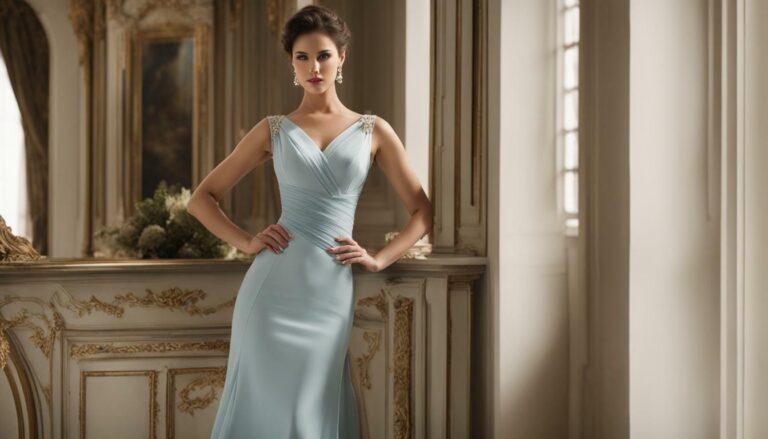Who is the most beautiful girl with a perfect body?
The concept of beauty is subjective and constantly evolving. However, there has been a fascinating discussion around the idea of the “most perfect” body according to the golden ratio, a formula rooted in the proportions of the human body. While this approach may seem paradoxical, it sparks curiosity about who possesses the most ideal physique according to this unique perspective. It’s important to note that beauty goes beyond numbers and standardized calculations, and each individual possesses a unique charm that defies any formulaic approach.
Key Takeaways:
- The concept of the “most perfect” body according to the golden ratio has sparked discussions and debates.
- Beauty is subjective and cannot be solely determined by a mathematical formula.
- Each individual possesses a unique charm that defies standardized calculations.
- Appreciating the diversity and individuality of beauty is essential.
- True beauty encompasses more than just physical attributes.
The Golden Ratio and Beauty Standards
The golden ratio, also known as the divine proportion, has captivated artists, architects, and mathematicians throughout history. Its application to the human body suggests that certain proportions result in an aesthetically pleasing appearance. The concept of the golden ratio in relation to beauty has sparked debates about its ability to truly capture the allure of human attractiveness and whether it defines beauty standards. However, it is vital to recognize that beauty is a multifaceted concept that cannot be solely determined by a mathematical formula.
“Beauty is in the eye of the beholder.”
The diversity present in human bodies, cultures, and preferences underscores the need for inclusivity and a broader definition of beauty. While the golden ratio may offer insights into the harmony of proportions, it fails to encapsulate the entirety of beauty. True beauty encompasses various attributes beyond physical appearance, such as personality, charisma, and accomplishments.
Appreciating the uniqueness of individuals and embracing diverse body types allows us to celebrate the true essence of beauty.
The Allure of Aesthetic Proportions
When exploring the golden ratio’s connection to beauty, it is critical to acknowledge the appeal of aesthetic proportions. The allure of symmetrical features and well-balanced body measurements has been emphasized by various cultures throughout history. However, it is important to distinguish between societal perceptions and the intrinsic value of each individual’s beauty. Beauty should not be limited to conforming to a specific set of proportions but should encompass the diversity of human bodies and the beauty that emanates from individuality.
To shed light on this topic, let’s examine the ratio’s application to the human face. According to the golden ratio, certain facial features, such as the distance between the eyes and the nose, can be measured to determine proportional harmony. However, it is crucial to remember that beauty extends beyond facial symmetry and encompasses other aspects such as warmth, kindness, and confidence.
Inclusivity in Beauty Standards
Beauty is a concept that transcends rigid standards and embraces the richness of human diversity. In an increasingly globalized world, it is crucial to cultivate inclusive beauty standards that appreciate and celebrate people from all walks of life. Beauty should not conform to a single formula or set of proportions but reflect the individuality and uniqueness of each person.
To illustrate this, let’s examine a table that showcases the diverse range of body proportions celebrated across different cultures:
| Culture | Preferred Body Proportions |
|---|---|
| Western | Hourglass figure |
| East Asian | Slender and petite |
| African | Curvy and voluptuous |
As seen in the table, beauty standards vary across different cultures, demonstrating the need to embrace and appreciate diversity. It is through this inclusivity that we can redefine beauty beyond physical appearances and honor the richness of human experiences, achievements, and personal journeys.
Ultimately, beauty is an expansive concept that cannot be restricted to a single formula or set of proportions. While the golden ratio can offer insights into aesthetic harmony, it should be seen as merely a small piece of the larger puzzle that is beauty. Embracing diversity, celebrating individuality, and appreciating the uniqueness of each person is the path to a more inclusive and meaningful understanding of beauty.
9 Famous Women with Beautiful Bodies According to Science
According to a controversial list that claims to identify the “9 Famous Women Who Have the Most Beautiful Body According to Science,” curiosity and debate have been ignited. This compilation aims to evaluate and rank the bodies of these women based on the golden ratio, a mathematical concept linked to aesthetic proportions.
It is important, however, to remember that beauty is subjective and cannot be reduced to mere numbers or formulas. While the list serves as a starting point for conversations about media influence, societal ideals, and our perceptions of attractiveness, it is essential to recognize that personal stories, personalities, and achievements contribute much more to the multifaceted definition of beauty.
“Beauty is subjective and cannot be confined to a single formula or set of standards.”
The interplay between mathematics and aesthetics highlighted by this list prompts us to contemplate the influence of media and societal expectations on our perception of beauty. Yet, it is crucial to embrace the idea that true beauty encompasses diverse qualities beyond physical appearance.
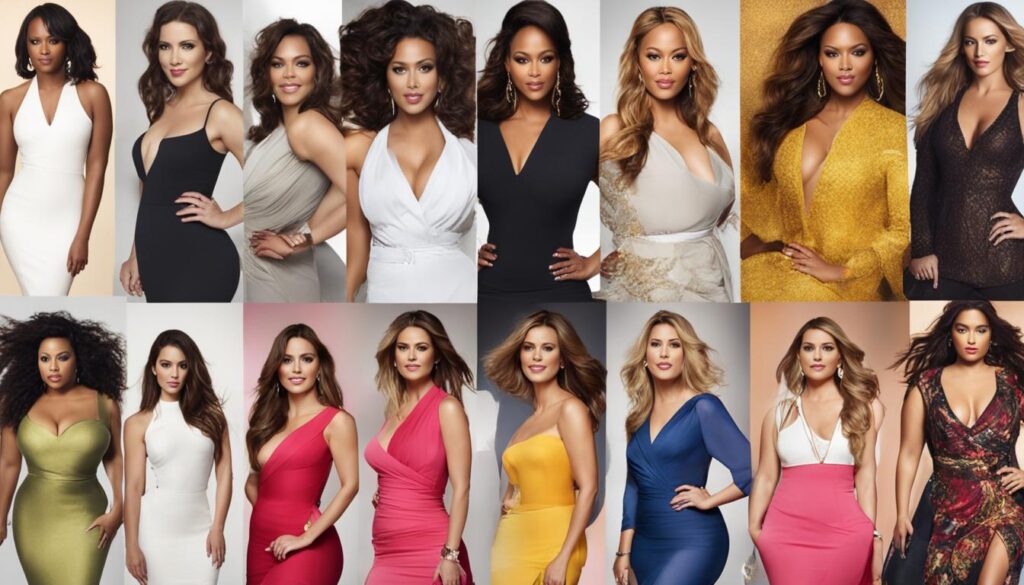
As we seek to redefine beauty and create a more inclusive standard, it becomes evident that individual stories, unique personalities, and personal achievements contribute significantly to our understanding and appreciation of beauty.
It is essential to celebrate diversity and acknowledge that a single mathematical formula cannot encompass the full spectrum of human beauty. Beauty is a reflection of the richness and complexity found in each individual’s experiences, expressions, and unique qualities.
The Beauty of Individuality and Diversity
In a world that values inclusivity and is redefining beauty standards, it is important to acknowledge that the golden ratio’s role in determining beauty may seem outdated. The celebration of imperfections, the embrace of individuality, and the recognition of diverse body types contribute to a richer understanding of beauty. While the golden ratio may hint at certain proportions historically admired by humans, it is the uniqueness and individuality of each person that truly defines beauty in all its forms. True beauty goes beyond physical attributes and encompasses the stories, personalities, and achievements of individuals.
| Point | Description |
|---|---|
| 1 | The golden ratio’s limited perspective |
| 2 | Embracing imperfections and celebrating individuality |
| 3 | Recognizing and appreciating diverse body types |
| 4 | Beauty beyond physical attributes |
“Beauty begins the moment you decide to be yourself.” – Coco Chanel
Conclusion
After exploring the concept of beauty through the lens of the golden ratio and examining its application to the human body, it is clear that beauty is a multifaceted and subjective phenomenon. While the golden ratio offers a unique perspective on aesthetic proportions, it should not overshadow the celebration of individuality and diversity.
True beauty goes beyond physical attributes and cannot be confined to a single formula or set of standards. It encompasses the richness and complexity of human experiences, expressions, and qualities that make each individual unique. Beauty is not defined by numbers or formulas, but rather by the innate charm, charisma, and authenticity that radiate from within.
In a world that is increasingly embracing inclusivity and redefining beauty standards, it is crucial to appreciate the diverse range of body types, cultures, and preferences that exist. By embracing and celebrating individuality, we foster a more inclusive and accepting society where everyone’s beauty is recognized and valued.
FAQ
Who is considered the most beautiful girl with a perfect body?
The concept of beauty is subjective and constantly evolving, so it is difficult to pinpoint a definitive answer. Beauty encompasses more than just physical attributes and should not be confined to a single standard or formula. Each individual possesses unique qualities that contribute to their own beauty.
What is the significance of the golden ratio in beauty standards?
The golden ratio, also known as the divine proportion, has fascinated artists, architects, and mathematicians for centuries. When applied to the human body, it is said to result in proportions that are aesthetically pleasing. However, it is important to recognize that beauty is multidimensional and cannot be solely determined by a mathematical formula.
Are there any famous women who are considered to have beautiful bodies according to science?
There is a list that claims to identify the “9 Famous Women Who Have the Most Beautiful Body According to Science.” This compilation attempts to evaluate and rank the bodies of these women based on the golden ratio. However, it is crucial to remember that beauty is subjective and cannot be reduced to numbers or formulas. Personal stories, personalities, and achievements contribute more to defining beauty.
What role does diversity and individuality play in beauty standards?
In a world that values inclusivity and is redefining beauty standards, it is important to acknowledge that the golden ratio’s role in determining beauty may seem outdated. The celebration of imperfections, the embrace of individuality, and the recognition of diverse body types contribute to a richer understanding of beauty.
Can beauty be defined solely by physical attributes?
No, beauty is not defined by numbers or formulas, but by the richness and complexity of human experiences and expressions. True beauty encompasses more than just physical attributes and requires a broader understanding and appreciation of each person’s unique qualities.
